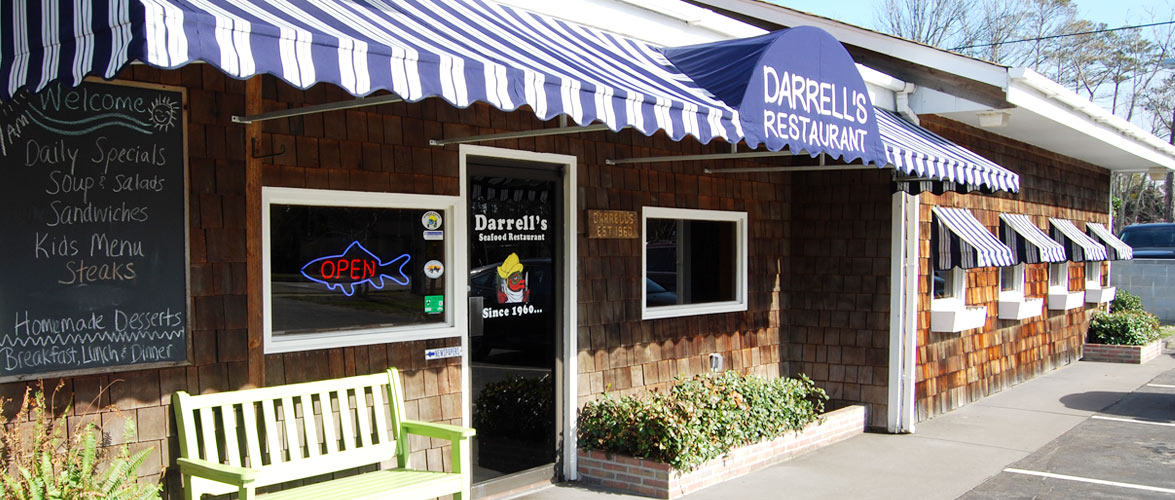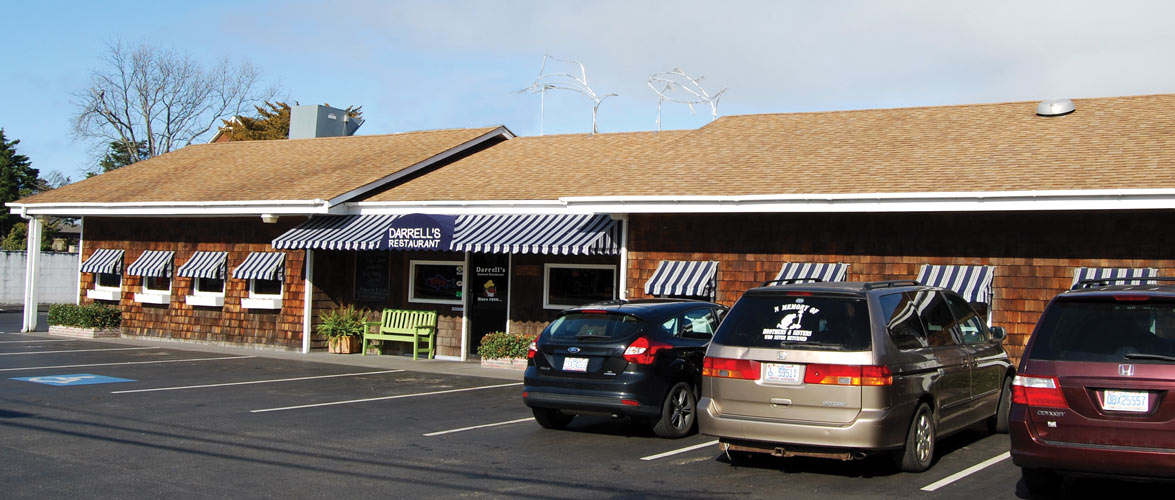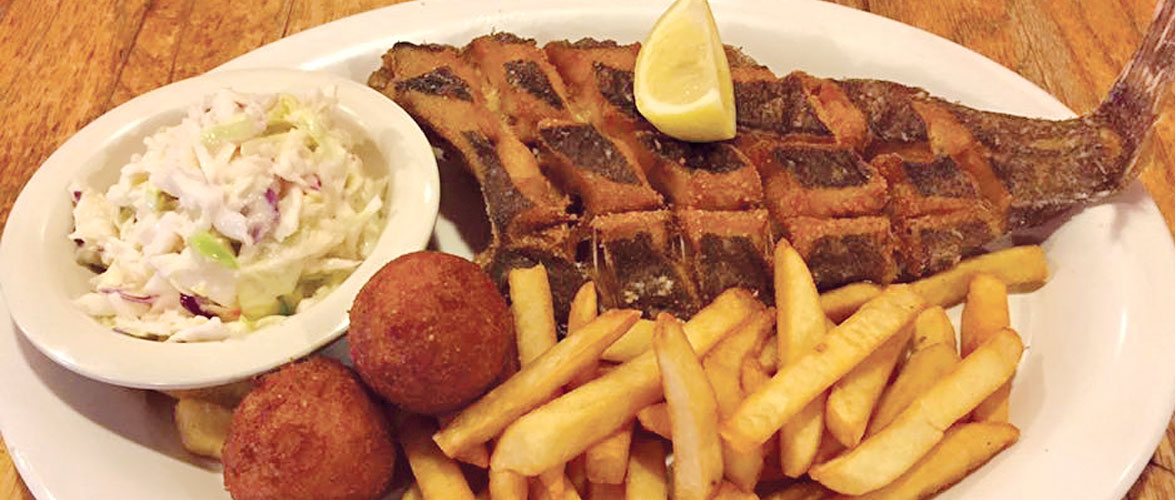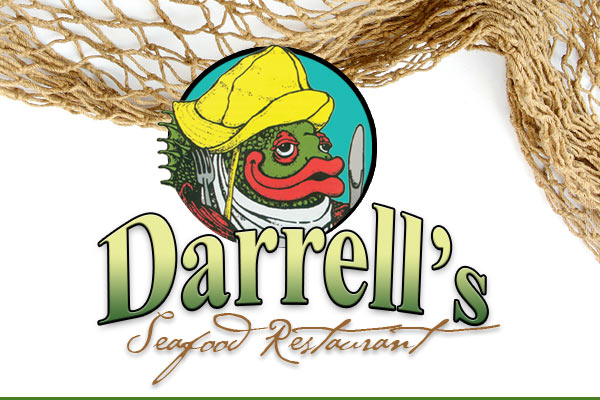Life on Roanoke Island Outer Banks
Roanoke Island History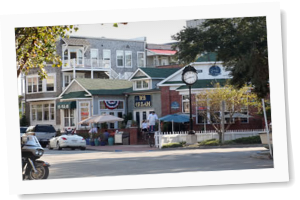
Roanoke Island’s history is legendary. Long before Jamestown and Plymouth were settled, the island played host to the first English-speaking colonists in America.
In 1584, an English fort and settlement with more than 100 men was established on the north end of the island, but it was abandoned the following year due to weather, lack of supplies and poor relations with the Native Americans. The colonists and natives didn’t get along despite the fact that the two local chiefs, Manteo and Wanchese, had been taken to England in hopes of forming good relations.
In 1587 another party of 110 English colonists, including women and children, set sail for the New World, reaching Roanoke Island in July of that year. On August 18, one of the colonists, Eleanor Dare, gave birth to the first English-speaking child in the New World, Virginia Dare. A week later, the baby’s grandfather, Capt. John White, was forced to return to England for badly needed supplies. Due to Spanish attacks on England, White was waylaid in England for three years, and when he returned to Roanoke Island in 1590 there was no sign of his granddaughter or the other colonists. Their houses were gone, and the only sign of human presence was the letters “CRO” and “CROATOAN” carved on two trees. This led some people to believe that the colonists had sought the help of the Croatoan Indians on Hatteras Island, but they were not there. The fate of the lost colonists is as much a mystery today as it was then, and their story has been retold in the outdoor drama The Lost Colony since 1937.
Roanoke Island was permanently settled in the mid-1600s, and many of the original family names — Etheridge, Baum, Daniels and others — are still very much alive on the island. In 1870 Dare County was formed, with the county seat and courthouse established on Roanoke Island at a site along Shallowbag Bay, now Manteo. The government center became known as Manteo in 1873 when the post office was established, but the town wasn’t incorporated until 1899. By then it had become a bustling center for business and trade as well.
Between 1984 and 1987, Roanoke Island and Manteo played a large part in America’s 400th anniversary celebration. Manteo’s downtown area was renovated and revitalized, and the centerpiece of the celebration, the Elizabeth II, a representative 16th-century sailing ship similar to what the colonists arrived in 400 years before, was constructed on a site at the Manteo waterfront. On July 13, 1984, Her Royal Highness the Princess Anne attended the dedication of the ship, which is now berthed in Shallowbag Bay at Roanoke Island Festival Park.
In 1999 the Town of Manteo celebrated its centennial birthday with many events, the publication of a coffee-table history book, Manteo, A Roanoke Island Town by Angel Ellis Khoury, and the establishment of a centennial clock on the corner of Queen Elizabeth and Sir Walter Raleigh streets downtown.
For a town that preserves its history and charm so well, Manteo has changed exponentially in the past couple of years. More shops, galleries and restaurants fill the downtown area than ever before, and Manteo has evolved into a destination for overnight stays and daytrips from the beaches.
Boats docked at the waterfront, sailing and kayak tours leaving the docks, tourists dining on a patio or sipping a latte as they poke in and out of shops, kids licking ice cream cones at the waterfront park, bicyclists leisurely pedaling along side streets, quaint inns, restored historic homes with flourishing gardens, crabbers tending to their daily operations — all this and more is seen on a daily basis in Manteo.
Yet the small-town flavor of the town has remained. City folk often find it unsettling, but here nearly everyone says hello as they pass you on the street and asks about your health and chats about the weather before they get down to any business, like taking your lunch order or selling you a stamp. Manteo residents are all on a first-name basis, and visitors get the feeling that if they stayed a couple of days, they’d all be on a first-name basis too.
Enjoy your visit to Manteo and Roanoke Island. We hope you will use this guide to learn more about the history and present-day offerings of this wonderful place we call home.
For more information www.roanokeisland.net.
Town of Manteo
The Town of Manteo wraps around Shallowbag Bay on the eastern side of Roanoke Island, part of North Carolina’s Outer Banks. Named the seat of government for Dare County in 1870, this waterfront community incorporated in 1899.
In those early days, every store lining the waterfront had two doors—one for those coming by boat, and the other for those coming from the courthouse or one of the inns on Water Street.
Today, county business still brings people to town, as well as many reminders of the island’s history, including the representative 16th century ship at Roanoke Island Festival Park, or the George Washington Creef Boathouse and Roanoke Marshes Lighthouse, part of the North Carolina Maritime Museum. Each summer, the town welcomes singers, dancers, and actors back to Waterside Theatre, where they perform the nation’s oldest outdoor symphonic drama, The Lost Colony.
Weather is always a topic on an island, and in Manteo, the day’s weather report takes the form of signal flags flying from a restored US Weather Bureau tower.
For more information visit www.townofmanteo.com.
George Washington Creef Boathouse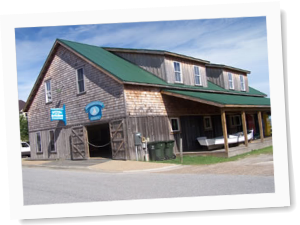
The Museum offers a variety of educational programs and interpretive exhibits throughout the year. Interpretive exhibits include examples of traditional small watercraft built and sailed on the Outer Banks of North Carolina. Featured at the Museum is a North Carolina Shad boat and early commercial fishing exhibit featuring the 1883 Shad boat Ella View, and exhibits on regional boat building. The museum’s education programs focus on the use, construction and celebration of traditional watercraft and related maritime activities. During the summer months sailing, traditional boat handling, and boating safety courses are offered as part of the museum’s Outer Banks Community Sailing Program.
Visitors can experience the workings of a traditional boat shop in the George Washington Creef Boathouse and visit the Roanoke Marshes lighthouse. Visitors to the boathouse are met by the smell of cedar and a group of enthusiastic volunteers and staff. We encourage questions about traditional building practices and local maritime history.
The Roanoke Marshes lighthouse marks the entrance into Dough’s Creek and is a replica of the 1877 screw pile lighthouse once located in Croatan Sound. Inside are seasonal exhibits focusing on regional maritime history and on the history of the Marshes lighthouse. In the evening, watch for the lighting of the beacon, a 4th order Fresnel lens that can be viewed in Shallowbag Bay and surrounding waters.
For more information visit www.obxmaritime.org.
Visit the Shores of America’s Beginnings at Roanoke Island Festival Park
Roanoke Island Festival Park is a 25-acre island across from the historic downtown Manteo waterfront, where history comes alive, the “natives” are friendly, art and nature surround you. Through a 16th-century ship, living history, an 8,500 sq. ft. “hands on” museum and a variety of performing and visual arts, Roanoke Island Festival Park is a celebration of Roanoke Island’s place in history as the birthplace of English-speaking America.
On Elizabeth II, a representative 16th-century sailing ship, you’ll meet sailors like those who sailed across the Atlantic in 1585. Dressed in period garments and speaking Elizabethan dialect, these interpreters bring the history of the voyages to life. At the Settlement Site you’ll encounter soldiers bravely facing the challenges of the New World. By viewing the film The Legend of Two Path, you’ll find out how the 1584 arrival of the English changed the life of the native Roanoke Island population, the Algonquians.
In the Roanoke Adventure Museum, interactive exhibits explore the 400 years of Outer Banks history since America’s beginning. You can site a star with an astrolabe, meet Algonquians through John White drawings, climb aboard a spritsail skiff and hoist her sails, meet a pirate who sailed with Blackbeard, learn about lighthouses and lifesaving, experience duck hunting and a take shopping trip to a 1900s general store.
The spacious Art Gallery features monthly changing exhibits by artists from far and near. The Museum Store offers distinctive gifts, books, jewelry, toys, nautical gifts and more with the flavor of the Outer Banks.
Boardwalks, through natural marshes, surround much of Roanoke Island Festival Park. Here, life takes on a whole new perspective as you get up-close to nature and visually observe its hidden pristine beauty and quiet surrounding. You will discover dew-covered wildflowers illuminated by the sweet light of early morning and stunning sunrise hues across Roanoke Sound. The area embodies the heritage of Roanoke Island, a walk back to a simpler way of life, in its ecological blend inhabited by turtles, muskrats, egrets, rabbits, osprey and red-winged black birds.
For additional information please visit www.roanokeisland.com.
The Elizabethan Gardens
History, mystery and fantasy are combined in these special gardens, which are a memorial to the first English colonists who came to North America in 1584-1587 and “walked away through the dark forest into history” as memorialized in Paul Green’s symphonic drama, “The Lost Colony”. For here and nowhere else, Sir Walter Raleigh made initial attempts to colonize the New World under Queen Elizabeth I. Truly this hallowed site is the birthplace of America.
The Garden Club of North Carolina adopted The Elizabethan Gardens as a project in 1951. In 1953 land was leased from The Roanoke Island Historical Association to begin building an English Pleasure Garden. In 1952 The Honorable John Hay Whitney donated an outstanding collection of European statuary and garden ornaments to the project. In 1953 the internationally acclaimed landscape firm of Innocenti and Webel were commissioned to design The Elizabethan Gardens. From the beginning, garden club members have worked tirelessly to fund and assist in the development of these fine gardens. The Elizabethan Gardens were formally opened on Virginia Dare’s birthday, August 18, 1960. Garden highlights include:
- The thatched roof, 16th century-style gazebo that overlooks Roanoke Sound
- A marble statue of Virginia Dare carved in Italy by Maria Louisa Lander
- The ancient live oak thought to be more than 400 years old
- The Sunken Garden with an antique Italian fountain as its central focal point
- The Shakespearean Herb Garden
- The Queen’s Rose Garden featuring pierced brick walls and The Queen Elizabeth Rose which was given to The Elizabethan Gardens by Queen Elizabeth II
For additional information please visit www.elizabethangardens.org.
The North Carolina Aquarium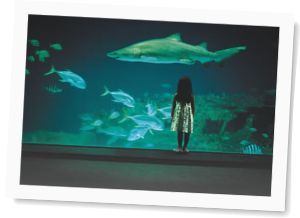
The North Carolina Aquarium on Roanoke Island is one of three state-operated aquariums on the North Carolina coast. Overlooking the Croatan Sound, the Aquarium on Roanoke Island features the state's largest saltwater tank, interactive exhibits, two touch tanks, a film theater and much more. Throughout the aquarium are tanks filled with fish of the coastal habitats, including sharks and rays. You'll also see eels, sea turtles and a fascinating number of fish in a shipwreck habitat. In the Wetlands on the Edge sky-lit atrium, you'll see otters, alligators and turtles lazing on rocks in the sun. New for the summer of 2006, see Aquarium Confidential, a behind the scenes look at the aquarium. Each day at the aquarium there are educational programs, fish feedings and demonstrations. The gift shop has a great selection of toys and gifts related to sea life and ecology. Snacks are available outside the aquarium from vending machines, and in the summer months there are food vendors.
For more information please visit www.ncaquariums.com.
The Lost Colony
Before Jamestown and Plymouth, a group of about 120 men, women and children bravely established the first English settlement in the New World on Roanoke Island in 1587. Shortly after arriving in this New World, colonist Eleanor Dare, gave birth to Virginia Dare, the first English child born in America. But life on the island was difficult. Low on supplies and facing hostile Native Americans, the colonists sent Governor John White back to England in the summer of 1587 for supplies. Due to the impending war with Spain, however, Governor White was unable to return to Roanoke Island until 1590. When he arrived, the colony had vanished, leaving one tantalizing clue as to their whereabouts: the word "CROATOAN" carved on a post. The fate of those first colonists remains a mystery to this day and is one of America's most intriguing unsolved mysteries.
Today, visitors to Roanoke Island can see this amazing story on summer nights at Waterside Theatre, home of The Lost Colony. Performed near the very site of the colonists' ill-fated settlement, the production recounts the actual historical events with the fictional story of the colonists' spirit, courage and dream of freedom, a story that rings true today.
Written by North Carolina's Pulitzer prize-winning playwright, Paul Green, and produced by the Roanoke Island Historical Association, The Lost Colony is a first in its own right. It is the first and longest running historical outdoor drama. Combining drama, dance, spectacle, and song, the production is the forerunner of the modern American musical.
During its extraordinary run, the production has served as a training ground for hundreds of remarkably accomplished alumni over the decades. Notable actors such as Andy Griffith, Leon Rippy, Chris Elliott, Eileen Fulton and R.G. Armstrong got their stage legs at the Waterside Theatre. Noted community Theatre directors Ira David Wood and Haskell Fitz-Simons and North Carolina Senator Marc Basnight graced the stage of Waterside Theatre early in their careers. (Lost Colony Hall of Fame)
The current production is led by an award-winning artistic team, several of whom credit The Lost Colony for their own auspicious beginnings. Four-time Tony Award Winning Production Designer William Ivey Long and Emmy-nominated Executive Director/ Producer Carl Curnutte began their artistic careers with the show.
For more information visit www.thelostcolony.org.


